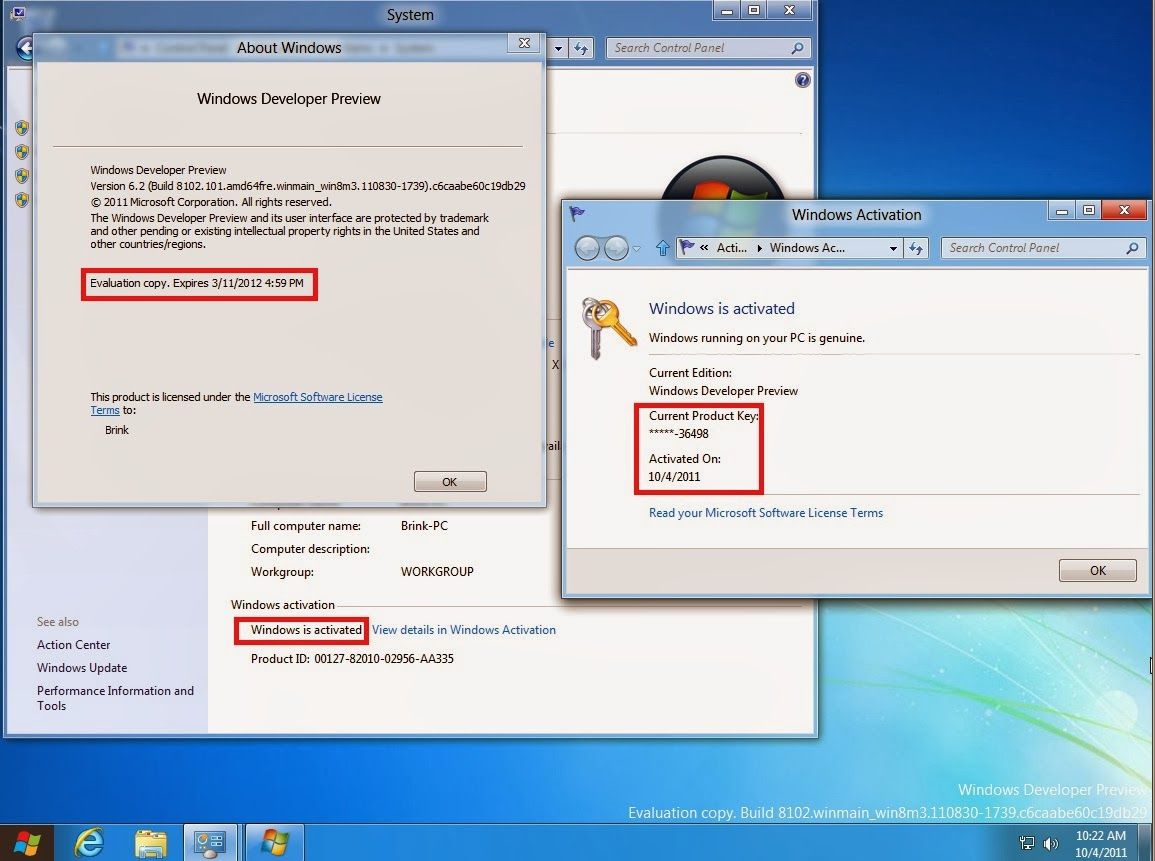

This feature can be bypassed by pressing the Shift key while attaching the device, or by turning off the autostart feature entirely.

When the device is first attached, Windows will automatically run the software stored on it, unless that feature has been turned off in Windows. Flashing the firmware of this device doesn't change the USB Mass Storage memory used for the operator's software, therefore connection settings (such as APN) will be retained. Huawei's Dashboard and updates for it are also available from Huawei's website,(10) or the 11.313.02.00.01 firmware for 7.2 Mbit/s from NetCom (in reality 'flashing' this device means writing a firmware image to its internal flash memory, which is different from 'updating the dashboard', which is simply writing a new CDFS disc image to the USB mass storage device that appears in the operating system). In this memory, E220 devices supplied by mobile operators may contain 3G dialer software written by the operator, while Huawei-branded devices contain Huawei's original dialing software, which they call 'Dashboard'. The device contains not only the cellular antenna but also about 22 MB (10 MB on older versions) of storage memory accessible to the operating system as a USB mass storage device(9) formatted with CDfs, thus emulating a CD-ROM drive.


 0 kommentar(er)
0 kommentar(er)
